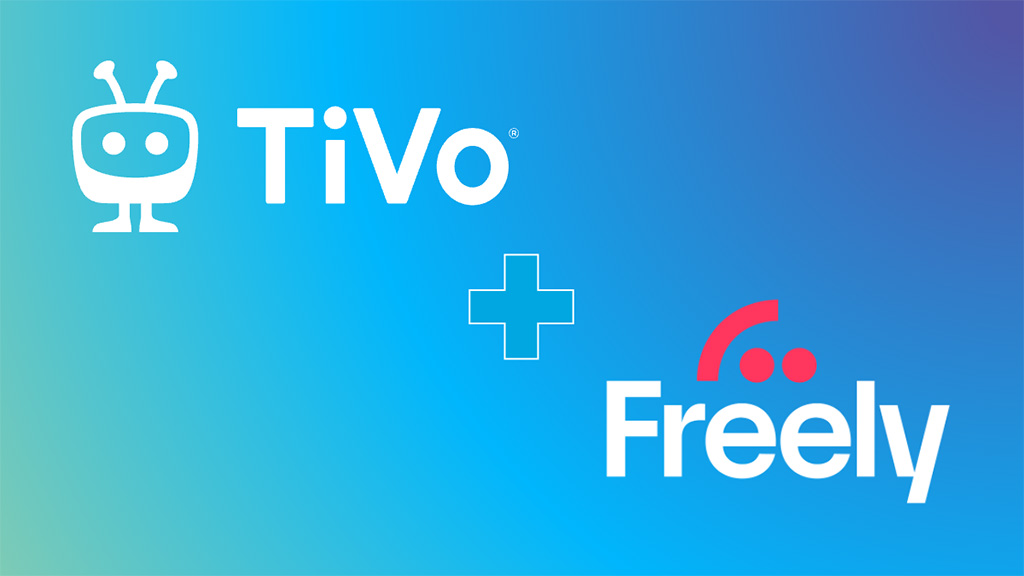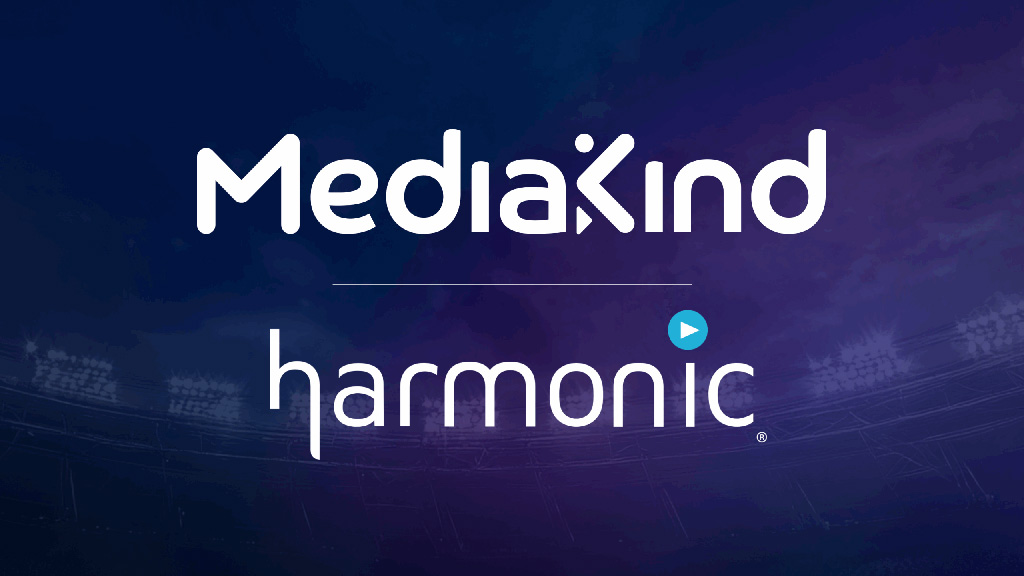CONNECTED VISION
YouTube TV forecast to lead pay TV in US
YouTube TV, the multichannel service available in the United States, is forecast to become the largest subscription television service in the country by 2027. That will be due to the dramatic decline in traditional pay television subscriptions and the consistent growth of YouTube TV as a virtual multichannel video programming distributor.
At the end of 2025, Charter is the leading subscription television service provider in the United States, under the Spectrum brand, with 11.4 million subscribers. It is now ahead of Comcast, with 10.6 million subscribers.
YouTube TV now has an estimated 9.3 million subscribers, although some estimates put it past 10 million. The last official numbers from Google had it at 8 million in February 2024. In July 2022 it had 5 million.
The YouTube TV service was launched in 2017 in five major markets in the United States, expanding nationally by early 2019. It includes unlimited network digital video recording that saves programmes for up to nine months. It is available across a range of smart televisions and online video players and is not tied to any particular internet service provider.
Omdia forecasts that Charter will decline to 10.0 million subscribers by 2027, while Comcast will fall to 9.2 million. Meanwhile, it predicts that YouTube will reach 10.4 million subscribers.
While no-one can predict the future, it is not unreasonable to extrapolate from recent trends, which do point to YouTube TV becoming the leading television platform in the United States.
In practice, Charter and Comcast operate in different geographic markets and co-operate in many areas, including their joint venture online video platform. So, together they have 21.8 million subscribers, which is far more than YouTube TV, but fewer than Comcast alone had ten years ago.
Although people can argue about whether YouTube is television, there is no doubt that YouTube TV is multichannel television as we know it. YouTube TV emerged as a clear competitor to traditional television services from incumbent cable companies.
“For the first time in US television history, the largest pay-TV operator will be a virtual provider,” said Maria Rua Aguete, the head of media and entertainment at Omdia. “YouTube TV has evolved into a full pay-TV bundle, integrating linear channels, premium networks, and marquee sports properties such as NFL Sunday Ticket. This is not just another streaming service; it is the new face of US pay TV.”
Then there is YouTube itself, which takes a substantial share of television viewing in the United States and has nearly 3 billion users around the world.
“Netflix may reach 300 million global subscribers, but alongside YouTube’s 3 billion users, it is not a dominant global player,” Maria added. “YouTube operates at a scale that no subscription service can match.”
“The idea of Netflix as a dominant streaming service is a misconception,” she said. “Audience attention and spend are spread across a wide array of platforms.”
Although it has the most subscribers among online video services in the United States, Netflix only accounts for 15.7% of all such subscriptions in the country.
Netflix has an estimated 88.7 million subscribers in the United States, while Amazon Prime Video has an estimated 64.7 million, Disney+ 55.8 million, Paramount+ 49.4 million, and HBO Max an estimated 29.7 million.
After Netflix successfully bid $82.7 billion to acquire the Warner Bros Discovery movie and television studios as well as the HBO Max online service, Paramount Skydance has launched a hostile bid for the whole of Warner Bros Discovery, valued at $108.4 billion. We must wait and see how that story unfolds.
Freely certifies TiVo devices without tuner
Everyone TV, which operates the Freely television platform in the United Kingdom, has certified TiVo OS for a new category of media devices that do not have a tuner or screen. It builds on the previous certification for TiVo OS in smart televisions and extends it to plug-in devices for existing displays.
The latest certification enables companion devices — such as HDMI-connected media players — to deliver a similar experience to that on Freely televisions.
This follows the announcement of the Freely PLEIO ‘puck’ device from Netgem in November.

“Freely’s device certification for streaming-only form factors is a game-changer for the UK market,” explained Gabriel Cosgrave, the general manager for TiVo in Europe. “It expands consumer choice, gives retailers and ISPs new ways to delight customers with a frictionless live TV experience, and extends the reach of UK broadcasters via IP. With TiVo OS now certified across both TVs and streaming devices, partners can move faster and differentiate more confidently.”
TiVo points out that this provides opportunities for internet service providers to offer a turnkey online video solution powered by TiVO OS that integrates live television services over the internet provided through Freely.
For the retail market, it creates a category of Freely device powered by the TiVo OS. TiVo notes that this could appeal to retailers looking launch devices under their own brand.
TiVo was synonymous with personal video recorders, although it had limited success in the United Kingdom. Ironically, Freely is designed to avoid the need for personal video recording entirely by offering on-demand services through broadcaster apps, although Humax is developing and testing a Freely set-top box with a recorder.
TiVo is now wholly owned by Xperi Inc, which is mainly concerned with licensing technologies, including the TiVo OS system.
Although TiVo has announced the certification of online only devices for Freely, it has not talked about specific products or price points.
Everyone TV is a joint venture owned and supported by the BBC, ITV, Channel 4 and Channel 5 in the United Kingdom. It launched the Freely platform in April 2024. In September 2025, Everyone TV reported that Freely had half a million weekly users.
tivo.com
everyonetv.co.uk
freely.co.uk
MediaKind to acquire Harmonic
MediaKind has agreed to acquire the video business of Harmonic Inc for $145 million. The transaction is expected close in the first half of 2026, subject to relevant approvals. It will combine two established video technology organisations with complementary strengths, with expected annual revenues of $250 million.
The combination will unite the engineering teams, research and development centres, and product road maps to accelerate innovation.
“This combination would represent a meaningful step forward in our long-term strategy and reflect our commitment to supporting customers with enhanced product solutions,” said Allen Broome, the chief executive of MediaKind.
“By joining Harmonic’s Video Business with MediaKind, we would strengthen our ability to invest across our entire portfolio, led by an expanded and complementary research and development platform that will significantly accelerate innovation. Together, we would create the leading independent streaming infrastructure company, giving customers a stronger, more reliable partner to power the future of video.”

The transaction is subject to a French employee works council consultation process. The deal does not include the broadband technology business of Harmonic, which is where it started in cable television.
“This strategic transaction will, if completed, advance the growth strategies of both companies,” added Nimrod Ben-Natan, the chief executive of Harmonic. “It would allow Harmonic to zero in on its core Broadband segment, while ensuring the Video Business, its customers and dedicated employees become part of an organization committed to the future of video delivery. We are incredibly proud of our Video team’s accomplishments and look forward to the next chapter of this business’s growth under MediaKind.”
MediaKind is the former Ericsson Television, which had its roots in Tandberg Television, which was acquired by Ericsson in 2007, and Envivio, which it acquired in 2015. Together with other businesses, including Microsoft Mediaroom, it was rebranded as MediaKind in 2018. Ericsson retains a 49% stake in the company, with the rest owned by One Equity Partners.
The proposed deal is the latest in a long line of mergers and acquisitions that have seen considerable consolidation of suppliers in the market, with MediaKind apparently prevailing.
